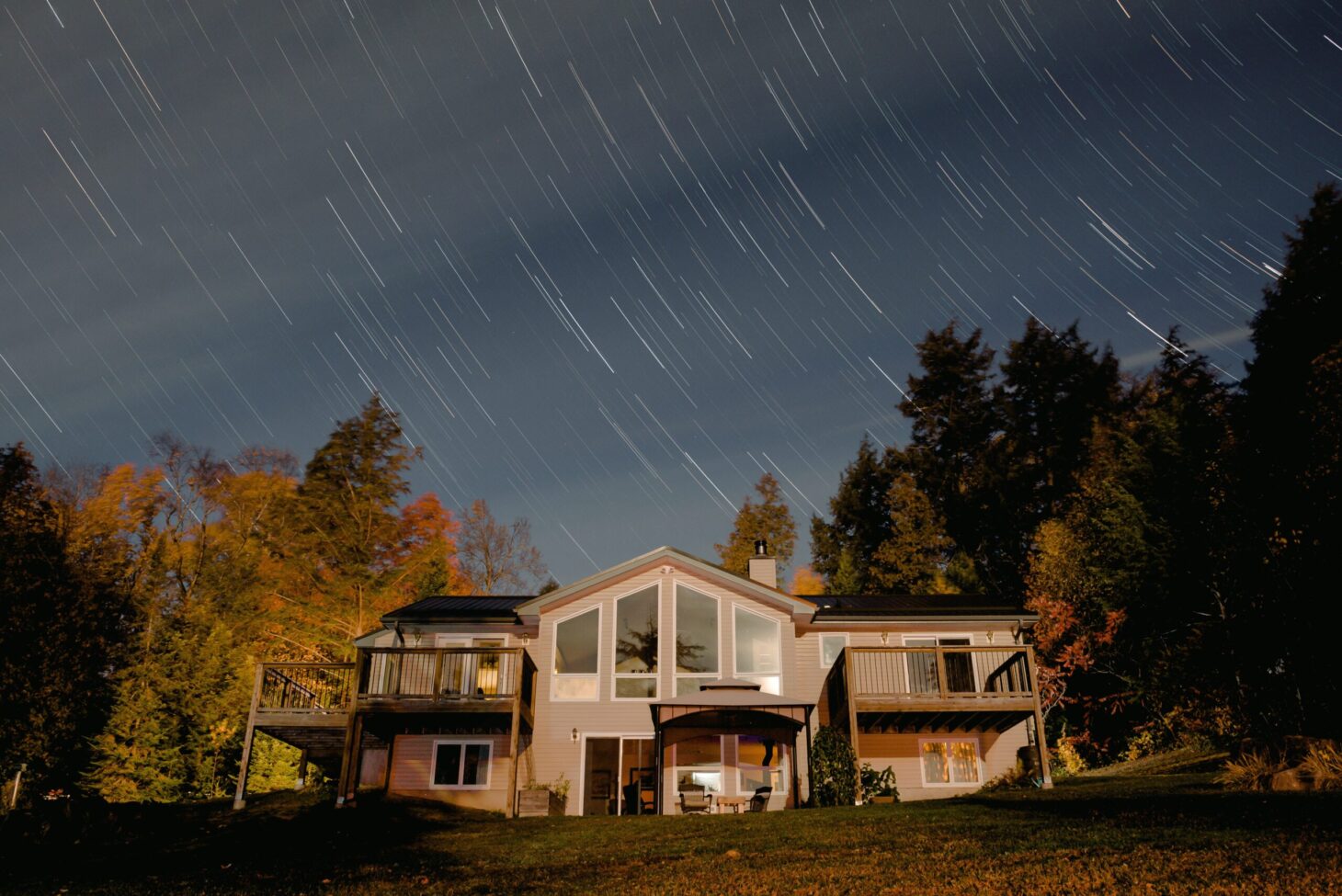People do not understand more about the harmful effects of the climate on the exterior of your home, but if you live in the coastal area, near the sea, or on a top of a cliff?
A home’s exterior must not only look excellent all year, but it must also serve a more crucial purpose in keeping you and your family safe, warm, and dry.
There are various reasons for which you might be considering buying a seaside house; from the yearly vacation experiences to views, owning a home in the coastal area is typically viewed as the ultimate ambition for several property owners. What’s not to like about that? A beachfront home will provide unrivalled ocean views, convenient access to a few of your favourite pastimes and hobbies, and more than just some jealous visits from country and city friends. However, having a seaside home is not without drawbacks.
Most houses have some weatherproofing put in, but what if the property is located in a region that “gets a lot of weather changes” during the Winter and the Autumn?
Here is everything you need to know about that!

Problems with coastal properties
People enjoy waterfront properties and beachfront homes, but it’s critical that anyone considering owning one be realistic about the challenges they’ll likely experience. Have you thought about how the surroundings and scenery can affect your home?
The sun, the water, and the sand
Properties in hotter climates are subjected to the impacts of extended periods of intense sunlight that can quickly age exterior finishes. Salty salt air and sand from the beach are likely to trigger rusting of iron, paint flaking and scratching, and harm to systems like window latch. Sand and salt will inevitably cause damage. Finally, consider wind-whipped waves and unexpected tidal surges. Floodwater can harm property exteriors, gardens, and interiors due to rising water levels and high waves.
2. Weathering and Erosion
Because waterfront homes are far less shielded than those, rain, inland, and strong winds from the sea will cause far more damage than you would imagine, battering homes and needing frequent upkeep. Coastal erosion is a significant concern for many beachfront residents as the shoreline steadily recedes away from their homes. Such environmental activity can significantly reduce a home’s value, not to mention the anxiety and disruption it will cause.
The concern of rising sea levels due to global warming is genuine; high tides may lead to flooding land and residences, making access more complex, and disrupting electrical appliances. Water damage is a significant concern for seaside properties, and it’s something to consider if you’re considering purchasing a home in that area.
3. Concerns about the interiors
The constant dragging in of saltwater and sand can scrape concrete surfaces, sully carpets, and harm soft furnishings, causing items to be worn out faster than they should. There’s also a severe risk of wetness in dwellings that aren’t sufficiently aired. Finally, consider the high humidity levels found in seaside residences. The warm, damp air of the sea is highly corrosive to fittings, fixtures, and electronics. There is a genuine risk of internal and external issues.
Defending your home from the effects of the environment
Many steps can be taken to secure your properties from harm, ensuring that the investment is protected in the event of the unthinkable. While we don’t wish to discourage you from pursuing your aspirations, it’s important to be pragmatic; dealing with problems as soon as they arise can save you time and money in the long run.
Defend your interests
It pays to do your homework on the house you’re purchasing and the neighbourhood it’s in.
- Have you ever had any problems with erosion before?
- Has the previous owner undertaken any significant repairs in the last few years?
- Are there any properties in the area that the environment has harmed?
It would be best if you double-check the building codes to ensure they’ve been followed. It’s also a smart option to do a thorough survey to assess if any work is likely necessary for the near future.
Lastly, you must obtain the necessary insurance; when shopping for a house warranty, always ensure you are visiting an official website. Renovations and repairs will be less expensive when and if they are needed with such a warranty.
2. Fittings and fixtures should be treated with care.
Maintaining a coastal home would always be more expensive than maintaining an urban house; there are some environmental issues you wouldn’t have to address further inland. As a result, it’s a great idea to plan and prepare your property for any situation.
Use weatherproof finishes and coatings on the property’s exterior, treat fittings and fixtures suitably based on their composition, and cover furniture as much as possible to reduce the impacts of environmental deterioration. It’s also a good idea to get insurance plus added warranties for electrical items just in case.

3. Make plans for routine maintenance.
Above everything, you must be prepared to keep your property in good repair and deal with problems when they arise. Weathering is an unavoidable part of life, and issues like chipped paint, rusted fittings, and worn-out furnishings will only become worse and worse the longer they are ignored.
Perform frequent routine checks of all fittings and fixtures, repaint internal and external surfaces with protective finishes and paint, and treat concerns with flooring and moisture as soon as you notice them, as far as you can. Some tasks may only take a few minutes, but they will significantly extend your home’s life.
Conclusion
For many people, owning a seafront estate is the biggest dream, but there is still a lot to think about before taking the literal and metaphorical plunge; buyers have become more aware of the environment and the issues that could cause them future problems while city and town planners must factor rising sea levels into building and regeneration plans.
The truth is that there is much that can be done to safeguard homes against environmental harm, but it pays to be prepared for the worst-case scenario.





